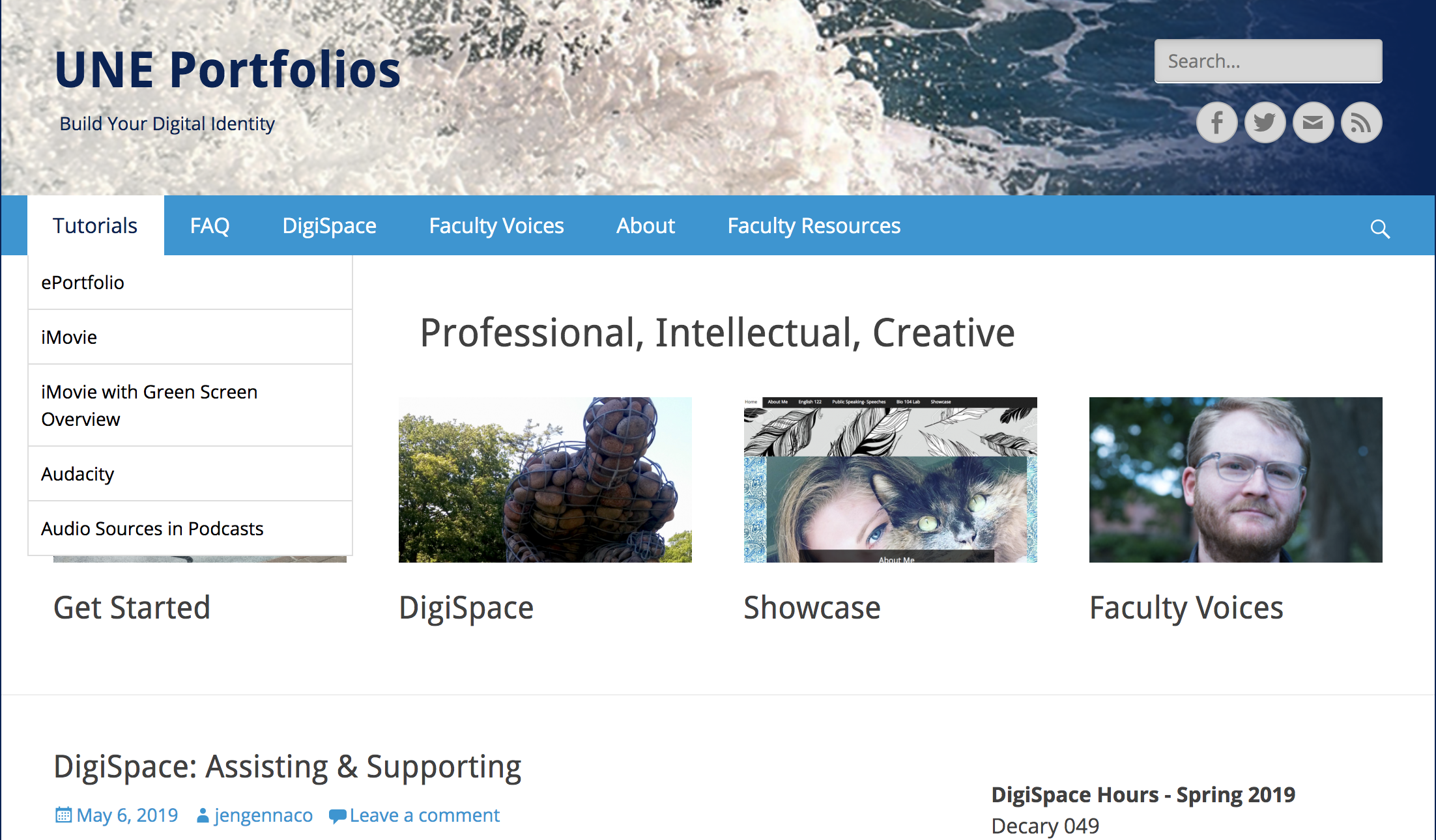
Reflection and Research on ePortfolio
For me, summer allows for some time to read and reflect on the previous year as I think about the up-coming academic year. This summer, I have high expectations for my work-related summer reading.
I have been thinking about better understanding and promoting the value of ePortfolio to both faculty and students. I am guided by a variety of research that supports the concept that effective ePortfolio practice is a high-impact learning practice and have featured the C2L Catalyst for Learning graphic in this post as one of my primary resources for information. This summer, I plan to read more about the topic and think more about the ways that faculty and students may engage with ePortfolio to build a learning community in addition to using ePortfolio in individual courses or majors. I will be adding to this post periodically as I read and reflect.
I see a tremendous power in student-controlled ePortfolios, but often students do not immediately recognize the value of an ePortfolio. Recently, I read an article in the International Journal of ePortfolio titled, “College Students’ Motivation and Confidence for ePortfolio Use,” by authors Megan Douglas, Scott Peeksen, Jordan Rogers, and Mike Simmons of the University of North Texas. At their public institution of over 35,000, all students are given an ePortfolio upon enrollment, and they are encouraged to use it for curricular and co-curricular experiences. To increase participation, students are incentivized through the use of micro-credentials when they complete experiential learning activities and reflect on them in their ePortfolios. The authors’research is “to assess factors which impact intrinsic motivation from a student-centered perspective.” In short, they found that the 5% of students (339 students) who responded and completed the survey were not currently motivated to use ePortfolio but had moderate confidence that they could, if they elected to do so. My purpose is not to analyze the data here, but to consider their experience and findings. One of their challenges is not enough technical support for students, which has gotten me thinking about the advantages of our program (on-going and readily available student and faculty support and classroom support in some introductory courses). Despite this support, though, students are generally not developing their ePortfolios without the incentive of a grade …yet.
So what will motivate busy UNE students to document and reflect upon their college learning and experiences?
My next article selection focuses on the question of motivation and engagement. Developing Self-Directed Learners Through an ePortfolio Peer Consultant Program addresses both motivation to build ePortfolio and the role of the peer consultant in that process.



One Comment
Pingback: